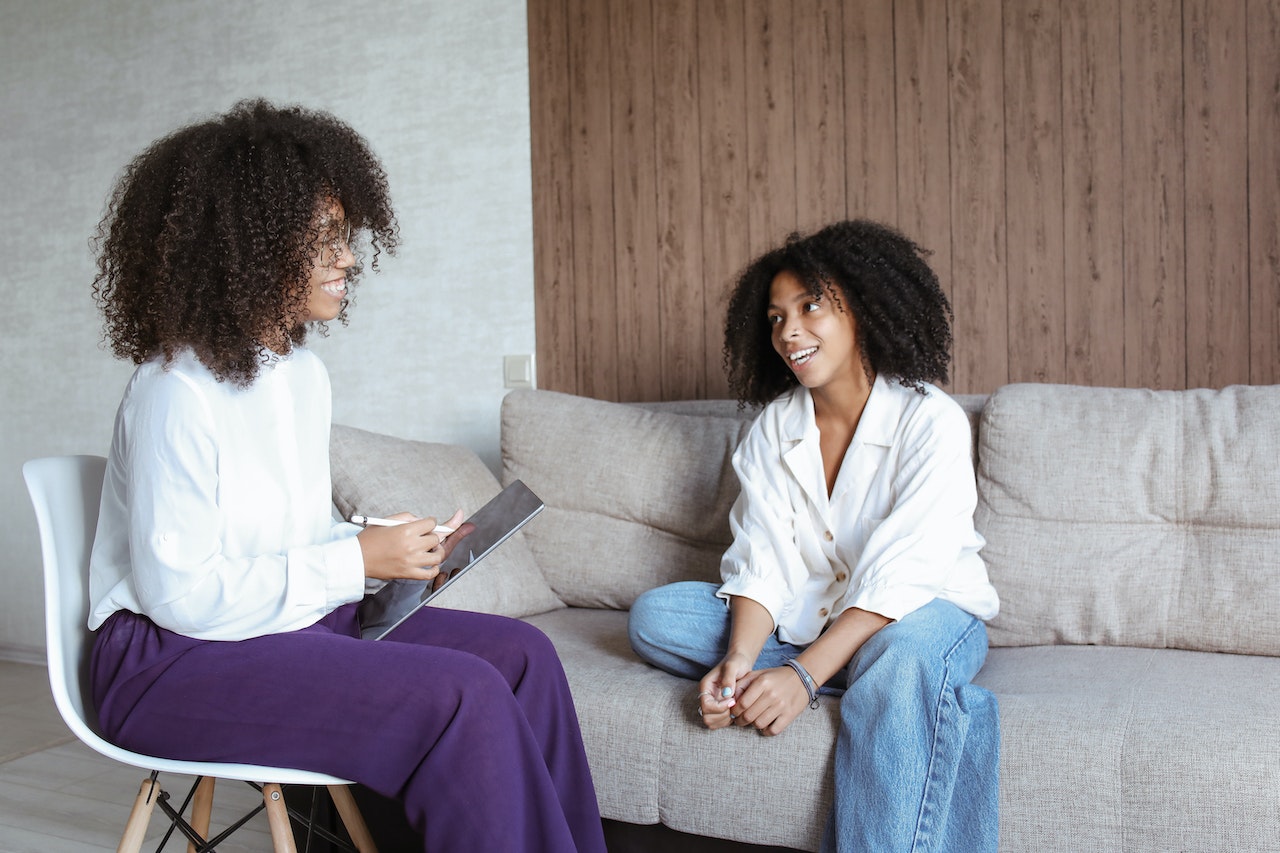Do you struggle to say “No” to people? Do you worry about being selfish or entitled when asking for what you want? You’re not alone. If you’re used to going along with what others say, it can be hard to tell the difference between acting assertive and acting like a jerk. So let’s examine how you can be assertive – without being rude.
Being Assertive (Without Being Rude) is Subjective
What counts as “rude” or “polite” varies by culture. Different people in your life will also disagree about the right way to make requests and say no to others. You might even know some people who think anyone disagreeing with them is automatically rude. These folks might react badly even if you use the nicest words possible to say no.
That’s why it’s important to decide what you think is fair, instead of trying to please everyone. Your best guide is treat others as you’d want them to treat you. Try saying a request or refusal out loud, and consider how you’d feel if someone else said it to you. If you wouldn’t feel hurt by someone else saying that, it’s almost always okay to say it to others.
It’s also helpful to identify people you know who are assertive, and confident, but kind. How do they bring up problems? How do they ask for things and set boundaries? Maybe you can pick up their tricks.
Keep Your Cool
If you’re prone to getting angry, exhausted, anxious or overwhelmed, step away from the situation and give your brain time to calm down. Use that time for breathing exercises, a short walk, or other coping skills, then figure out what you want to say.
It’s okay to interrupt a conversation if your feelings are getting too intense to handle it effectively. Walking away from someone might feel rude, but a person who respects you will understand if you need a break. Some things you could say are:
- Hold on, I need few minutes.
- Can we come back to this [in ten minutes/an hour/tomorrow]?
- This isn’t a good time for me to talk. I’ll return when I can give you my full attention.
State Your Needs
In order to get your needs met, you will have to say them out loud sometimes. This may feel strange, especially if your needs were treated as “demands” or “selfishness” in the past. But people who care about you will want to hear what your needs are, because they don’t want you to feel miserable. You will also be making their lives easier because they will know for sure what’s working or not working for you, instead of them feeling confused or worried. Being honest about your needs is a kindness, not rude.
Try framing your needs and feelings as “I statements.” This helps prevent the statement from feeling accusatory. Here are a few examples, in increasing directness:
- I feel frustrated when you don’t do the chores we agreed were yours.
- I’d like for you to wear headphones while playing videogames so I can study quietly.
- I’d appreciate it if you didn’t talk about my weight.
- I need you to knock before entering my room so I’m not startled.
Some cultures will allow more directness than others, so pick what feels fitting for you. But remember that being direct is not the same as being unkind, and you are not hurting anyone or putting them down by making requests. They can say “No” if it doesn’t work for them.
Say “No” Clearly
Being assertive (without being rude) is not just about what you want. It’s also about what you don’t want. That means turning down requests and expectations from other people sometimes.
I recommend practicing an all-purpose statement like “I’m sorry, but that won’t be possible.” Or “I won’t do that.” Or even just “No.” Most people will accept that immediately. People who keep pushing for you to say yes are usually not respecting you. Don’t try to justify, argue, or explain your reasons to them, just keep saying “It won’t be possible,” or “It’s just not happening.”
Saying “No” does not mean you’re saying “I don’t care about you.” “No” is not an insult or rejection of someone as a person. All it means is that you won’t be doing that specific thing they asked of you. If they interpret your “No” as a personal attack or insult, that is on them, not you.
Saying “No” is also necessary so that you can be kind to others sustainably. Protecting your own boundaries and energy prevents you from becoming burned out, resentful, and letting problems fester until they explode. People who respect you will understand that you can’t do everything they ask, and they will want you to be happy, not just make them happy.
Practice Being Assertive Without Being Rude By Using a Friend
It can be hard to judge what’s “reasonably assertive” and what’s “pushy” or “rude” when you’re still learning. Your internal expectations are probably distorted. But you can correct them more quickly by testing out these skills and getting feedback from friends you trust. Find a friend, relative or colleague who strikes a good balance of assertive and polite, and ask them, “I’m trying to figure out how to word something, could you tell me what you think?”
Assertiveness skills are one of my favorite subjects to teach my clients. It’s awesome to see their confidence grow and their stress drop as they take more control of their lives. Let me know if you’re interested in professional feedback and support as you practice these techniques.

